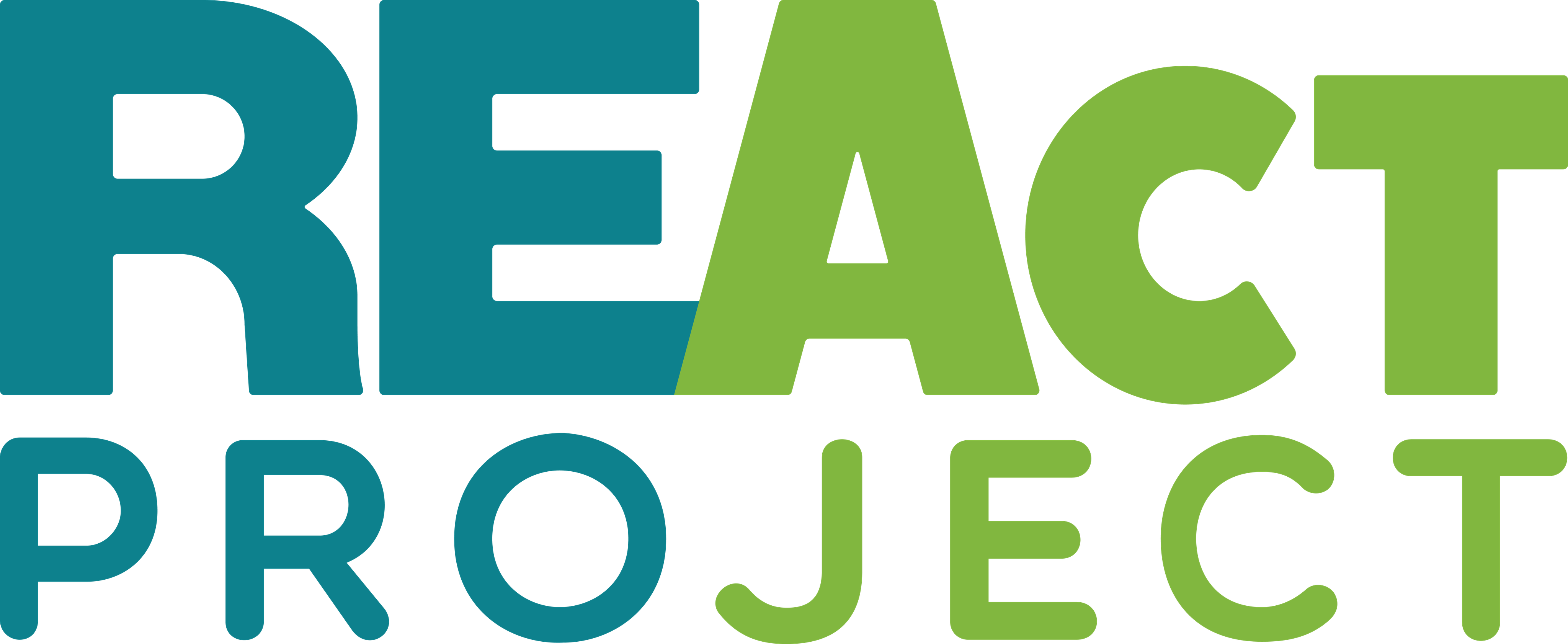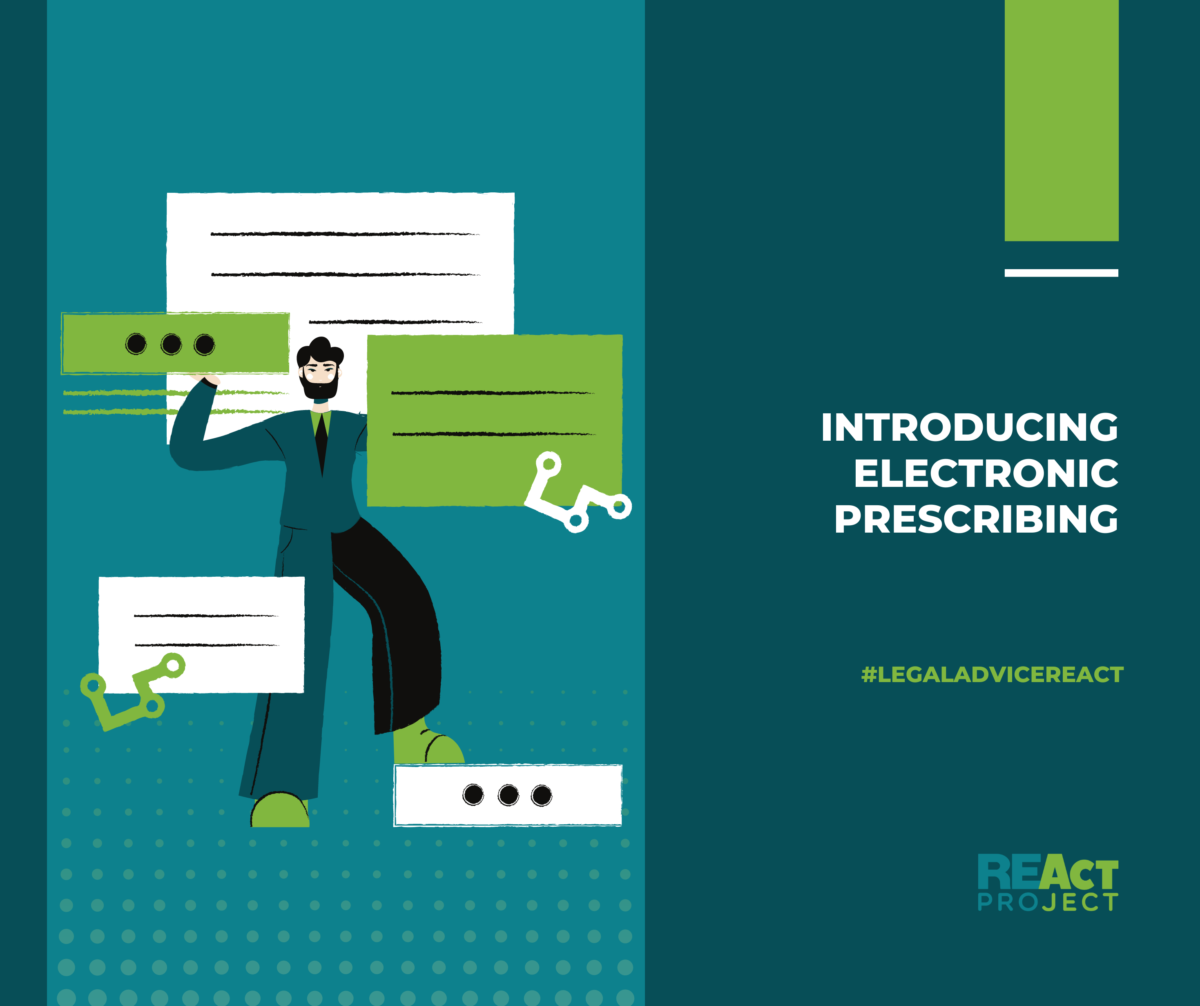As the healthcare reform continues, further changes are being introduced to the standard set of treatment options. The information that a significant number of medicines will now be available only if a prescription is obtained in advance, and the introduction of electronic document management, including, among other things, drug prescriptions, raises questions and concerns among some of the project’s clients.
The declared reason for increasing the share of prescription drugs in total pharmaceutical sales is the recognition by modern medicine that these drugs have an increased risk of side effects, carry a risk of abuse or dependence, and therefore should be monitored by a doctor.
This may seem worrisome at first glance, but it should be kept in mind that many of the drugs available in pharmacies previously were formally considered prescription drugs as well. All medicines that were previously dispensed against a doctor’s prescription can now be purchased not only after presenting a paper prescription but also via an electronic prescription system. However, now that the new regulation is in place, in some cases, an electronic prescription will be routinely required instead of a paper prescription. Essentially, the list of prescription drugs has not changed significantly. Prescription medicines still include narcotic drugs and medications, some painkillers and sedatives, antibiotics, anticonvulsants, and hormones, as well as drugs for the treatment of heart disease, antihypertensives, and blood thinners, contraceptives, etc.
The current procedure for dispensing medications is regulated by the Rules for Issuing Prescriptions for Medicines and Medical Devices approved by the Order of the Ministry of Health of Ukraine, On Amendments to Certain Regulatory Acts of the Ministry of Health of Ukraine Regarding Prescribing and Dispensing Prescription Medicines and Medical Devices, No. 494, dated March 15, 2023.
Based on the above regulations, an electronic prescription is a medical document that is electronically generated by a prescribing physician in the Register of Medical Records, Referral Records, and Prescriptions in the Electronic Healthcare System based on medical records existing in this Register.
As per established procedure, prescriptions that primary care physicians are authorized to issue, including those for reimbursable medicines or medical devices, shall be dispensed by the designated physicians regardless of whether or not the patient has in place a signed medical services contract (the Healthcare Services Declaration Form) with the relevant physician.
In other words, no Healthcare Services Declaration with the family doctor is required to obtain an electronic prescription. Any physician who is responsible for treatment, such as a surgeon, therapist, cardiologist, or oncologist, will be able to issue a prescription for a prescription drug.
With the introduction of the electronic prescription service, there is no need to visit a doctor’s office every time to pick up a prescription for relevant medicines. This can be done, among other things, remotely. Medication prescriptions can be accessed on the patient’s smartphone.
As a reminder, it should be noted that under this arrangement, the cost of medicines or medical devices that were dispensed to a patient based on a prescription may be eligible for full or partial reimbursement out of public funds for business entities that are engaged in the retail sale of medicines.
All prescriptions must be issued to the patient for legitimate medical indications, provided that relevant data be entered into the primary medical record.
As per established procedure, prescriptions to be filled by pharmacies for patients shall be required for the following items:
- Medicinal products that are subject to prescription and full payment by the consumer and/or via other sources that are not prohibited by law, except for public budgetary funds;
- Reimbursable medicinal products and medical devices;
- Medicinal products and medical devices that are dispensed on a preferential basis;
- Medicinal products that are manufactured in a pharmacy setting.
After issuing an electronic prescription, the patient (or their representative, if applicable) must be provided with information such as the unique identifier of the electronic prescription issued and the confirmation code for relevant medicinal products or medical devices released by the pharmacy and prescribed under the e-prescription in question.
Upon request from the patient (or their representative), the patient has the right to receive paper-based information that is generated by the system and details such as the e-prescription identifier, confirmation code, and date of issuance, as well as information regarding the medicinal product or medical device prescribed. The information provided, as outlined in this paragraph, shall not be considered an electronic prescription and shall be used for informational purposes only.
Physicians may issue a prescription for a medicinal product in quantities required for a course of treatment, except for narcotic medicinal products that are dispensed following specific standards for a one-time dispensation of such products by prescription, as provided for in the Annex to these Rules.
Previously, narcotic medicinal products used to be dispensed only against a doctor’s prescription as well. Special prescription forms (Form No. 3) used for this purpose are printed on pink paper, numbered, recorded, and strictly controlled by healthcare facilities and pharmacies. All prescriptions for combined medicinal products containing narcotic drugs, psychotropic substances, or precursors in an amount that shall not exceed their maximum permissible limits are also issued on Prescription Forms No. 1 (f-1).
The digitalization of the process and e-prescribing of narcotic drugs is expected to strengthen control over the sale of these drugs. For example, only a doctor is authorized to enter information regarding a patient’s health status into the electronic healthcare system and make appropriate prescriptions, certifying these records with their e-signature.
The rules require that for combined medicinal products in original packages containing narcotic drugs, psychotropic substances, or precursors in an amount that shall exceed their maximum permissible limit, one package of such a medicinal product may be prescribed in one prescription, but not more than fifty tablets.
By way of an example, the regulatory requirement for the dispensation of prescription drugs can be cited. For Buprenorphine (0.2 mg tablets and 0.4 mg tablets), the maximum permissible amount of the drug per prescription is 0.017 g, whereas, for 2 mg, 4 mg, and 8 mg tablets, this amount equals 0.112 g. For Methadone (5 mg, 10 mg, 25 mg, 40 mg tablets), this amount is 1 g.
If anyone’s right to obtain a drug prescription or access medicines is violated, a complaint can be filed using the electronic form on the NHSU website at: https://bit.ly/3L9IUdM or the NHSU Contact Center can be contacted at the Toll-Free Number: 16-77.


